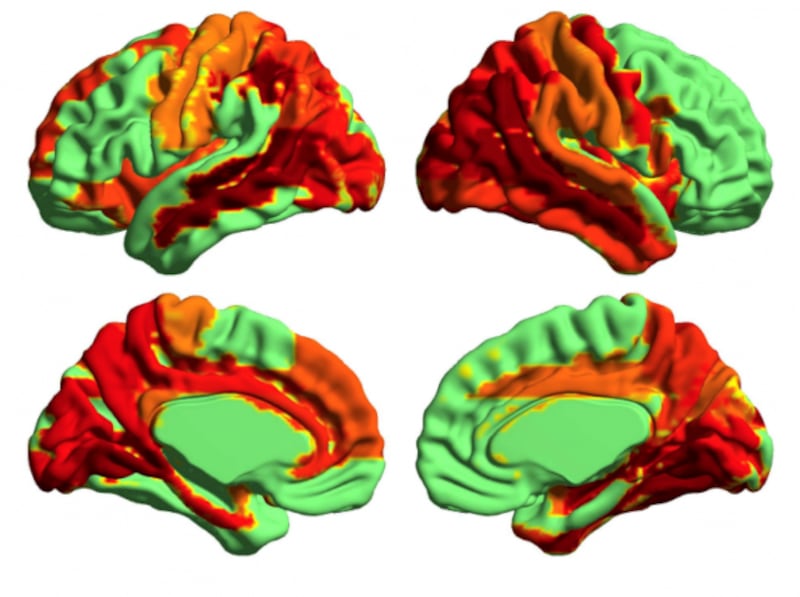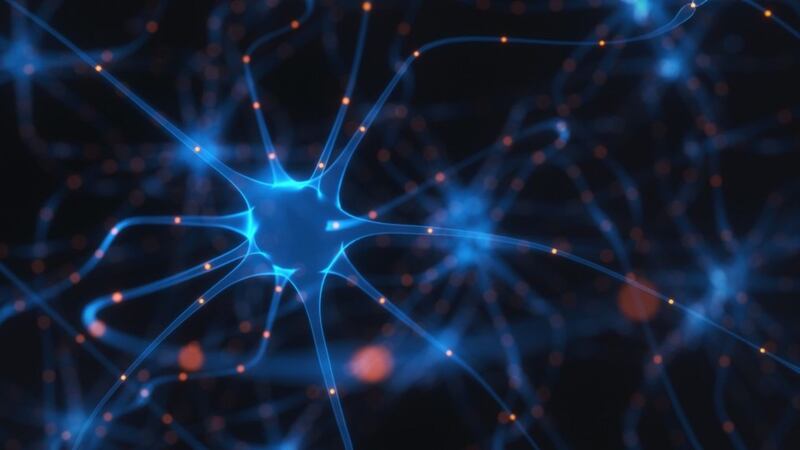Evidence of a “higher” state of consciousness has been found by researchers experimenting with psychedelic drugs.
The University of Sussex neuroscientists observed a sustained increase in neural signal diversity – which measures the complexity of brain activity – while volunteers were on LSD.
Studies involving the diversity of brain signals, which give a mathematical index to the level of consciousness, generally focus on lowered states of consciousness such as sleep. But this is the first to show brain signal diversity higher than baseline, when someone is simply “awake”.

“This finding shows that the brain-on-psychedelics behaves very differently from normal,” Professor Anil Seth, of the Sackler Centre for Consciousness Science at the University of Sussex, said.
“During the psychedelic state, the electrical activity of the brain is less predictable and less ‘integrated’ than during normal conscious wakefulness – as measured by ‘global signal diversity’.
“Since this measure has already shown its value as a measure of ‘conscious level’, we can say that the psychedelic state appears as a higher ‘level’ of consciousness than normal – but only with respect to this specific mathematical measure.”
Researchers stressed that this doesn’t mean the psychedelic state is a “better” state of consciousness, but that the psychedelic brain state is distinctive. It follows from previous Imperial College London research using brain imaging, which showed that the tiny magnetic fields produced in the brain were consistently higher while on psychedelics.

More sophisticated and varied models are needed to confirm the results, but the scientists are “cautiously excited” about the potential use of their findings in discussions around using psychedelics medically, for example in treating depression.
“Rigorous research into psychedelics is gaining increasing attention, not least because of the therapeutic potential that these drugs may have when used sensibly and under medical supervision,” said Dr Robin Carhart-Harris of Imperial College London, who conducted a previous study using brain imaging technology and psychedelics.
“The present study’s findings help us understand what happens in people’s brains when they experience an expansion of their consciousness under psychedelics. People often say they experience insight under these drugs – and when this occurs in a therapeutic context, it can predict positive outcomes. The present findings may help us understand how this can happen.”
The research was published in the journal Scientific Reports.



